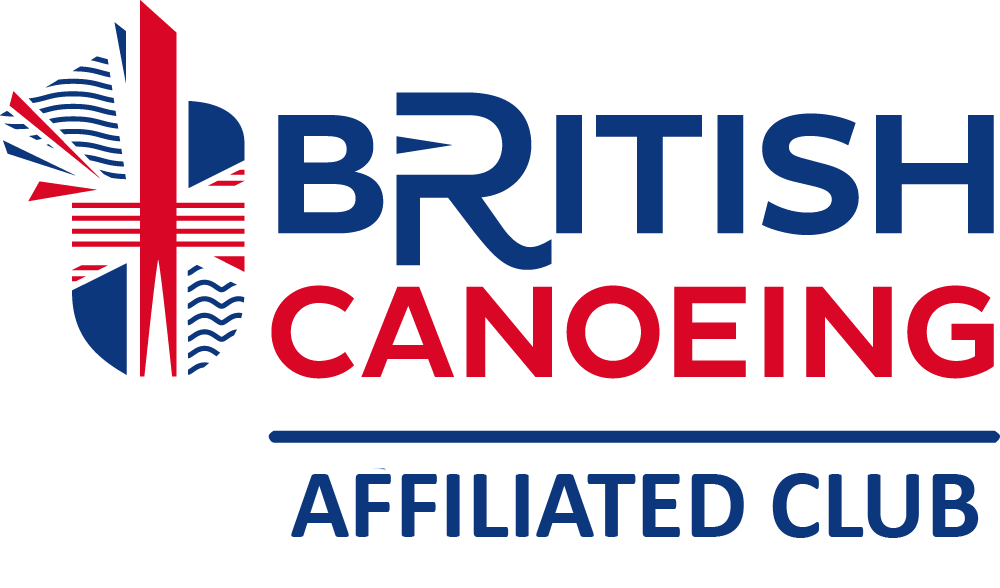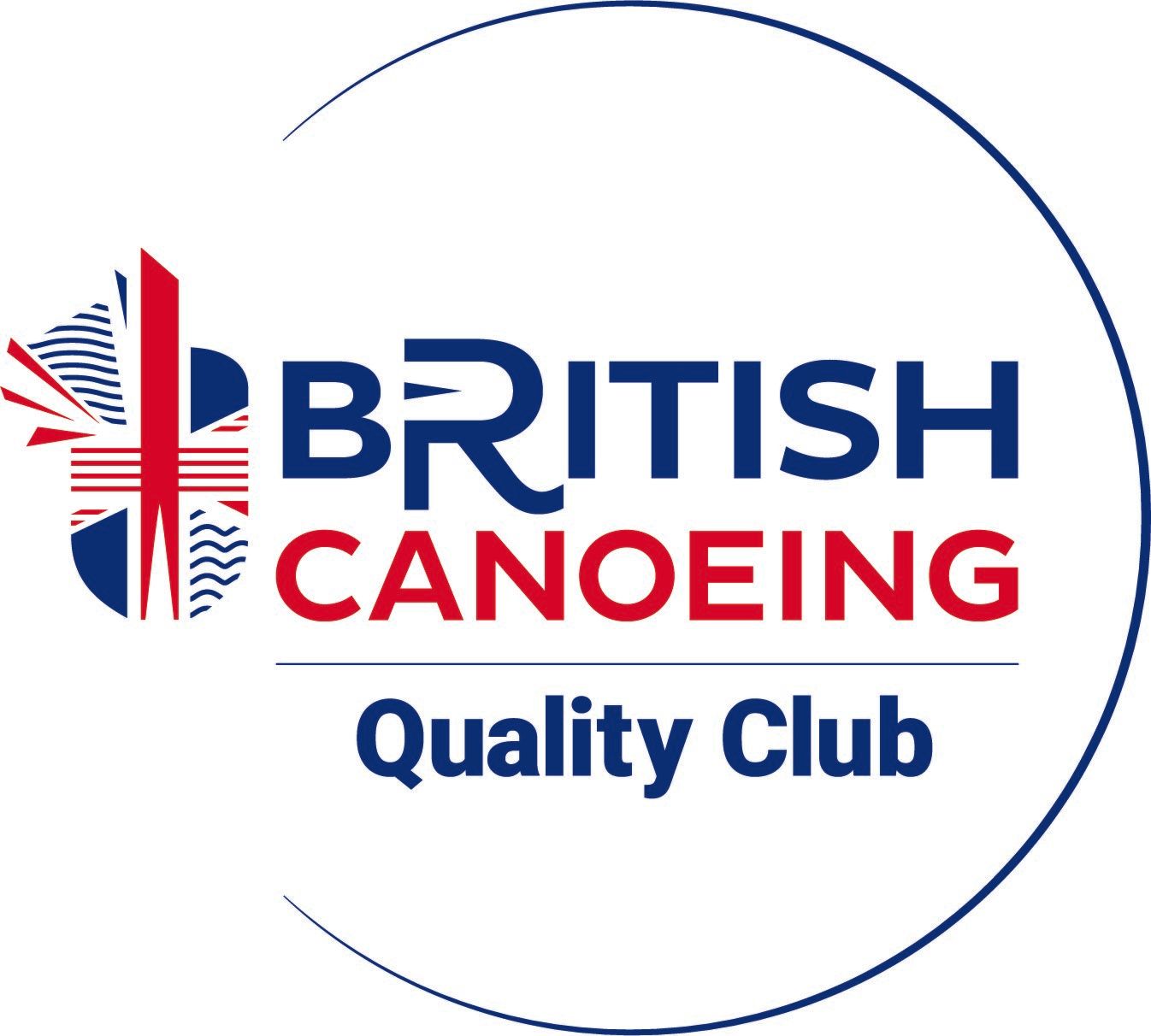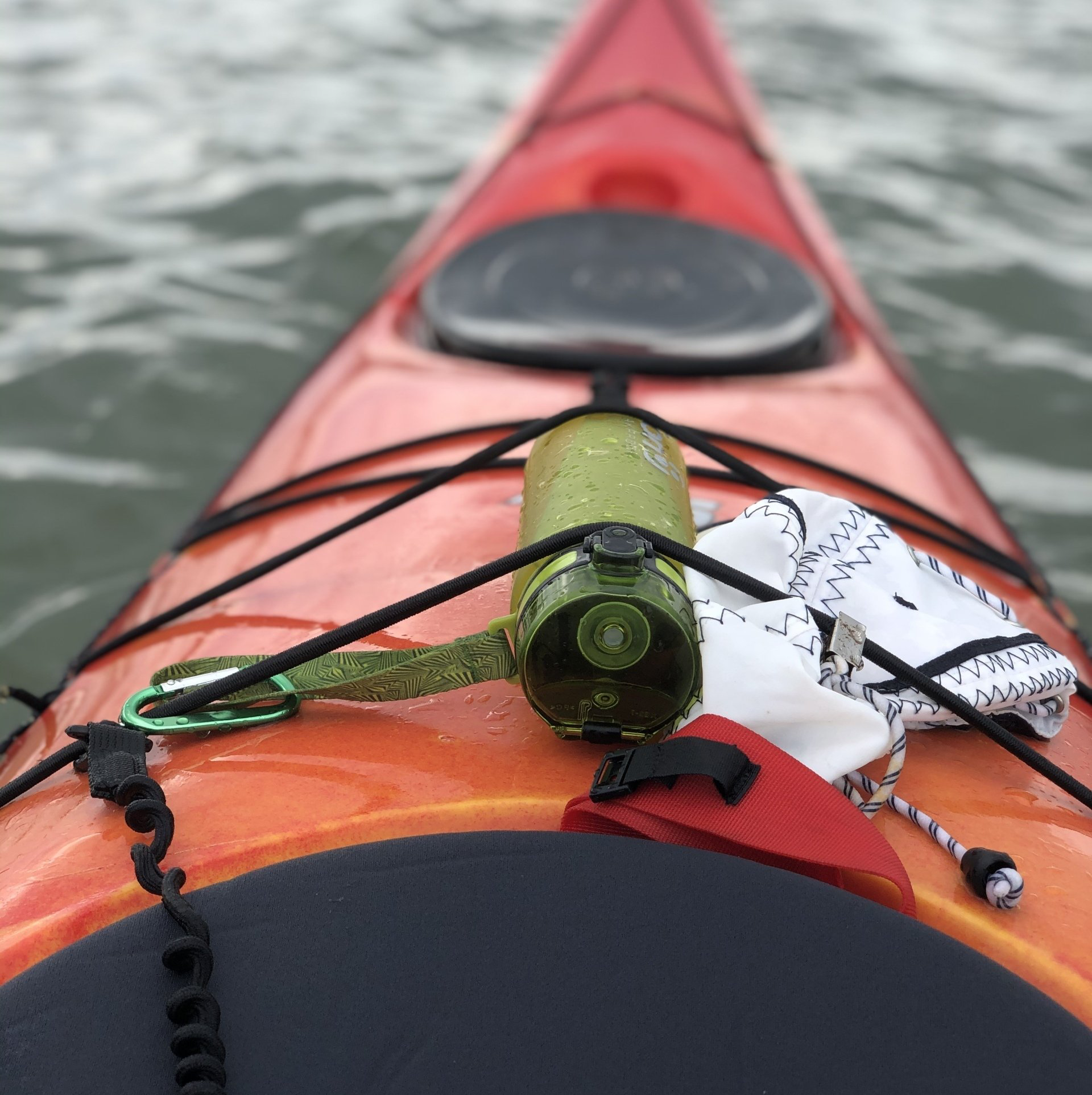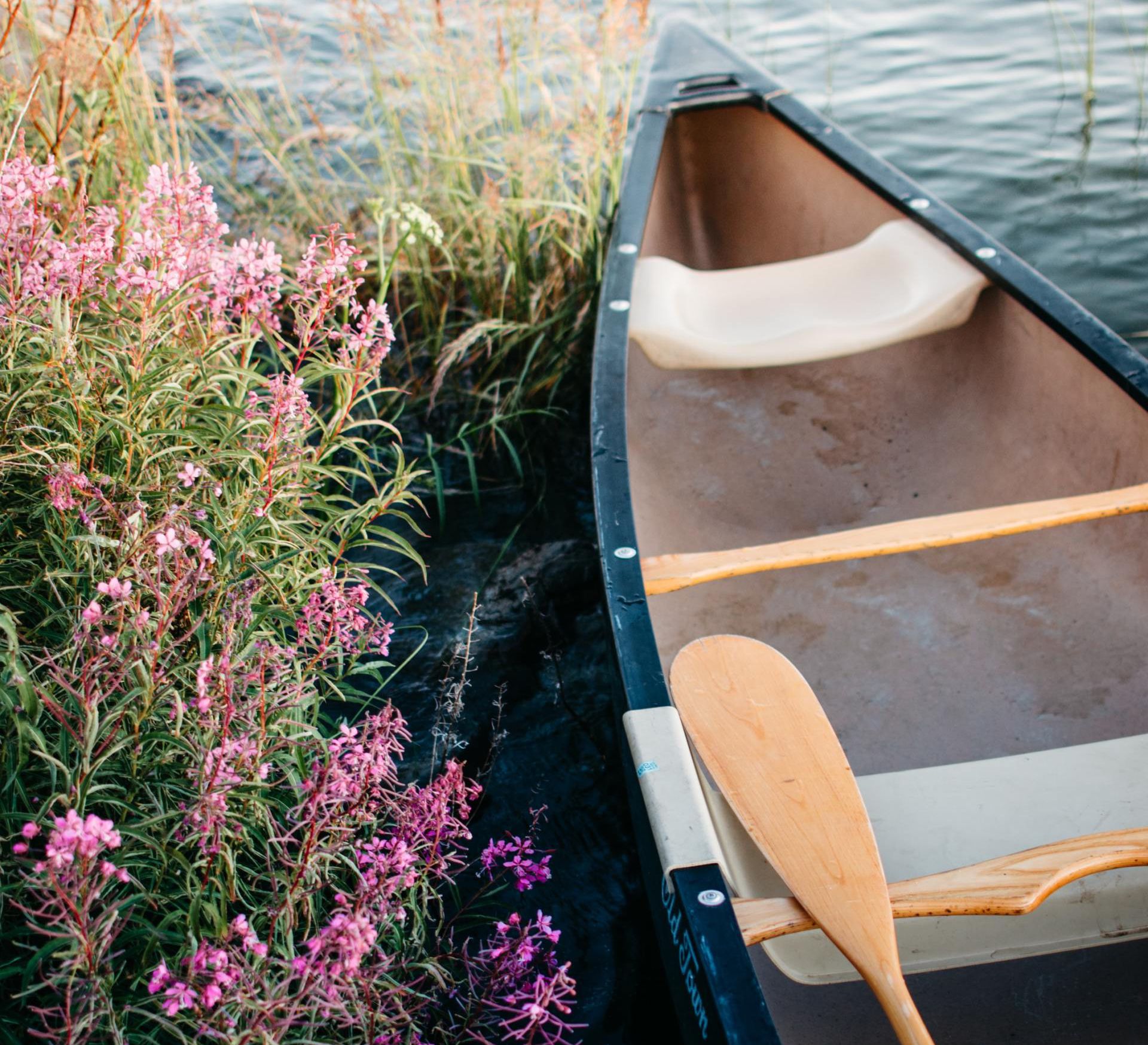Whats the Difference?

Sea Touring Kayak
Sea or touring kayaks are designed for paddling on open waters. These kayaks feature a covered deck with a well, or cockpit, where the paddler sits snugly. Using a double-bladed paddle, the kayaker propels the boat forward by alternating strokes on either side.
Sea kayaks come in various styles and from numerous manufacturers.
For paddling in inlets, a kayak with a minimum length of 14 feet is recommended. If you plan to navigate open or rough water, a longer kayak, ranging from 18 to 20 feet, is more suitable. Longer kayaks generally offer better tracking and stability in challenging conditions.
It’s important to remember that no single kayak is ideal for every type of water. When you're ready to invest in your own kayak, consider the environments where you plan to paddle. While kayaking remains a relatively cost-effective recreational sport, many paddlers eventually own multiple kayaks to accommodate different water conditions and experiences.
Researching your options is key. Reach out to other paddlers for their insights and recommendations. Most importantly, try out different models before making a decision. Paddlers tend to be a friendly and helpful community, so don't hesitate to ask for advice and test a variety of boats to find the perfect fit for your adventures on the water.
Canoes
Canoes generally come in two main forms, with the most common being the modern recreational or sport Canadian canoe. This type is open from end to end, allowing the paddler to sit or kneel while using a wide, single-bladed paddle to propel the boat forward.
Canadian canoes exude charm and character, evoking idyllic images of leisurely journeys along grassy canal banks, perhaps with a well-stocked picnic basket and a bottle of bubbly. Whether paddling solo or with a companion, it’s easy to see the appeal.
While traditional canoes are often quite heavy, especially when packed with camping gear and supplies, modern manufacturers have made great strides in creating lighter, more maneuverable designs. No matter your choice, you’re bound to have a fantastic time on the water.
In theory, a kayak and a canoe of the same length should travel at a similar speed. However, kayaks tend to be lighter than canoes of comparable size, making them easier to transport, faster on the water, and generally more agile.
Why is kayaking so popular?
Any form of kayaking or canoeing is a great way to see natural landscapes and explore the water through urban and rural settings and reach spots otherwise invisible or inaccessible.
If you’re traveling for a long time, you can bring supplies with you to store in the boat. This means an even longer time paddling on the water, adventuring with the current, and getting in touch with nature.
This versatile activity is a portable recreation allowing you to travel with your boat too tranquil or more challenging locations, the choices are endless.
Being a low impact outdoor exercise activity means anyone with basic mobility can pick up the activity and enjoy a trip out on the water...............And most importantly its a great way to meet new people!







